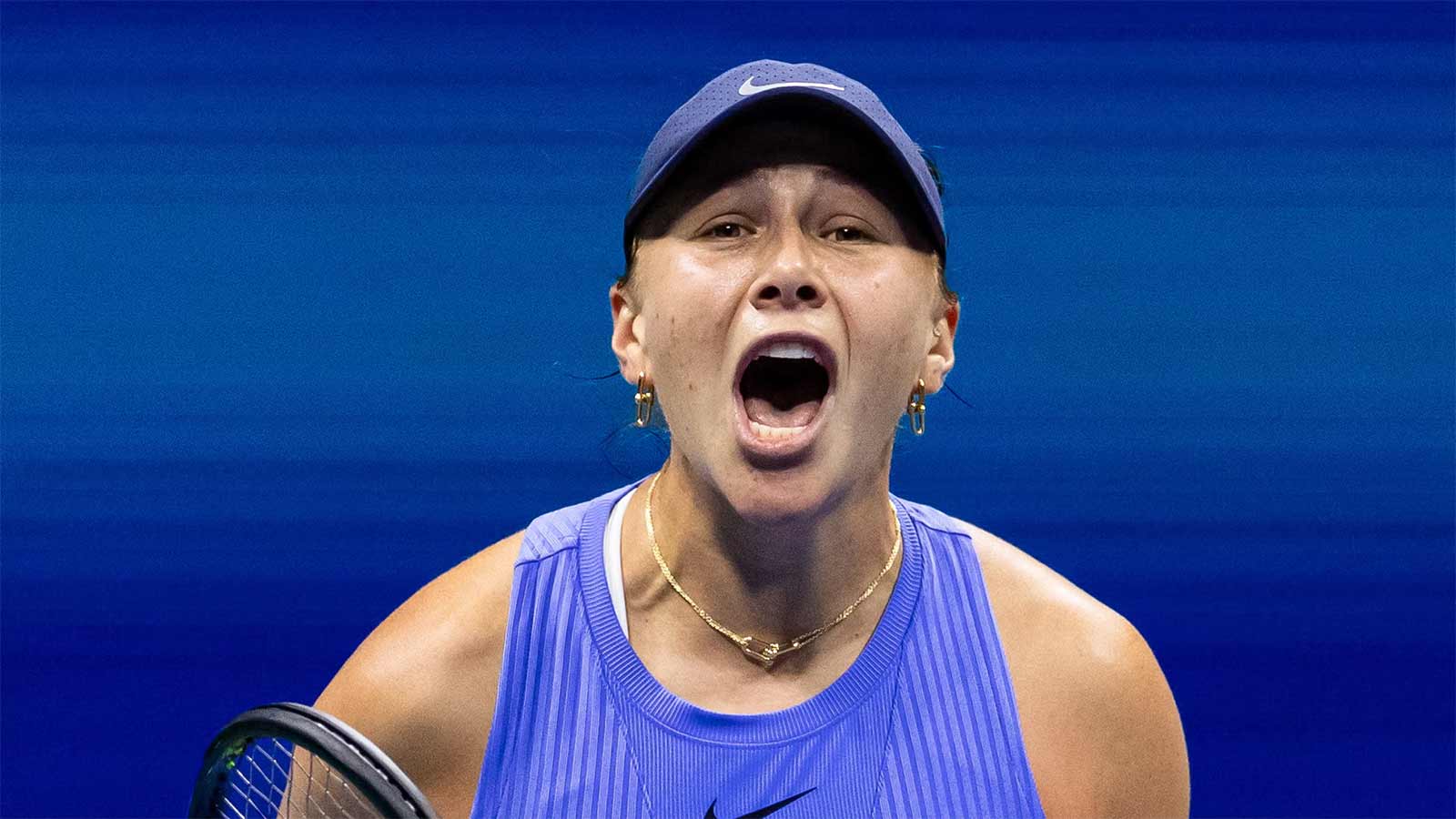Quick Read
Amanda Anisimova temporarily retired from tennis to focus on mental health.She has reached two Grand Slam finals since returning to competition.Sabine Lisicki praised Anisimova’s courage and openness about her struggles.Recent events in women’s tennis highlight increased support for athlete well-being.Amanda Anisimova’s Comeback: Redefining Strength in Tennis
In a sport where the scoreboard rarely tells the whole story, Amanda Anisimova’s journey stands out—a story not just of victories and defeats, but of resilience, introspection, and the courage to step away when the world expected her to press on. Her recent run to two Grand Slam finals, after a period marked by mental health struggles and public scrutiny, has shifted the conversation around what it means to thrive in tennis.
The Courage to Pause: Mental Health Takes Center Court
It’s easy to look at Amanda Anisimova’s powerful forehand and her determined stride across the court and see only strength. But as former Wimbledon finalist Sabine Lisicki pointed out in a Tennis Magazine interview, Anisimova’s real bravery was shown off-court—when she chose to temporarily retire, citing overwhelming pressure and the need to focus on her mental health.
“She was very brave to say that she needed a break because she wasn’t feeling well mentally and the pressure was too much,” Lisicki reflected, as quoted by Tennis Up To Date. “She was criticized for that. The fact that Anisimova is performing so well after her return, reaching two Grand Slam finals, and how happy she is, is also good for other generations to see.”
The world of tennis, much like other elite sports, is often described as a mental battlefield. Behind the televised matches and the roars of the crowd, athletes contend with invisible burdens: relentless expectations, the grind of travel, and the constant risk of injury or burnout. For Anisimova, the decision to step away was as much about survival as it was about self-care.
From Criticism to Celebration: Changing Attitudes in Women’s Tennis
Anisimova’s hiatus was met with a mix of understanding and skepticism—fans and commentators debating the merits of her choice, some even questioning her commitment. But the tide has turned. Her comeback, marked by joy on the court and a renewed sense of purpose, has become a rallying point for conversations about athlete well-being in women’s tennis.
Sabine Lisicki, herself no stranger to the pressures of the tour, spoke candidly about the unique challenges faced by female players. Motherhood, pregnancy, and the physical demands of recovery complicate an already grueling profession. Lisicki shared her own experiences, highlighting how each phase—from childbirth to breastfeeding—brought unexpected hurdles. She is now working closely with doctors to craft a path back to competition, determined to return but aware of the need for patience and a tailored training plan.
“Every pregnancy and childbirth brings different situations for mothers,” Lisicki admitted. “I did not even realize how demanding breastfeeding is. But I hope to return to tennis as soon as possible.” Her openness underscores a broader shift in the sport, where the conversation around women athletes now includes their health, family, and personal growth—not just rankings and trophies.
Anisimova’s Impact: A Beacon for Future Generations
For Amanda Anisimova, each match since her return has been more than a contest—it’s a statement. Her victory over Katie Boulter two days ago was greeted with enthusiasm, both for its technical excellence and for what it represents: that stepping away does not mean giving up. Her journey has resonated not just with fans, but with fellow players and young athletes who now see that mental health is as critical as physical fitness.
This message is especially powerful in the context of recent developments across the tennis world. Garbiñe Muguruza, a former world No. 1 and two-time Grand Slam champion, recently retired to focus on her personal life, and her pregnancy announcement drew heartfelt congratulations from the likes of Aryna Sabalenka, Caroline Garcia, and Conchita Martínez (Pro Football Network). Their reactions highlighted a growing solidarity among female players—a recognition that life off the court is just as meaningful as life on it.
As Muguruza transitions to ambassadorial and media roles, including hosting Tennis Channel’s VIP Tennis Lounge and directing the WTA Finals in Riyadh, she is helping to redefine what it means to be a champion beyond the baseline. Anisimova’s story dovetails with this broader movement, emphasizing that athletes can find fulfillment in multiple ways.
Looking Ahead: The New Face of Resilience in Tennis
What does Amanda Anisimova’s journey mean for tennis? It’s more than a personal triumph. Her willingness to speak openly about mental health, her resilience in the face of criticism, and her joy in returning to competition have created a template for future generations.
Sports fans, coaches, and organizers are taking note. The narrative is shifting—from relentless pursuit of titles to holistic athlete development. Anisimova’s story is a reminder that strength is not just measured in wins, but in the ability to listen to oneself, adapt, and grow.
As tennis continues to evolve, stories like Anisimova’s and Lisicki’s are helping to reshape the culture. The message is clear: prioritizing well-being is not a weakness, but a new form of competitive edge. The applause for Anisimova’s recent successes is not just for her skills, but for her character—the kind that inspires, uplifts, and leaves a lasting mark on the sport.
Amanda Anisimova’s journey demonstrates that the most powerful victories in sport often happen off the court. By prioritizing mental health and returning stronger than ever, she has set a new standard for resilience, reminding the tennis world—and all of us—that true greatness is built on courage and authenticity.

